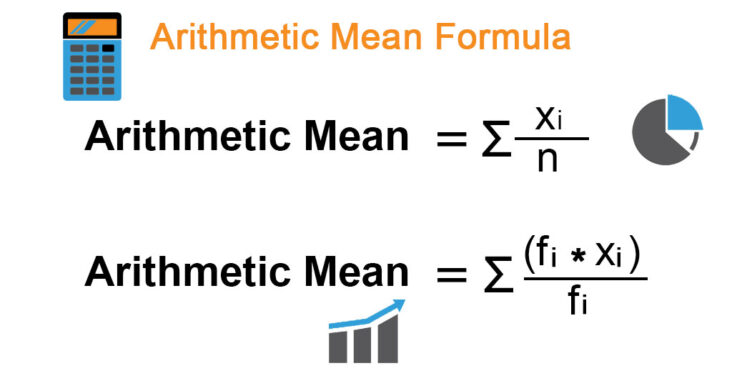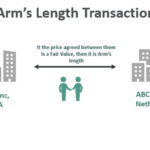Arithmetic mean, also known as the average, is an essential concept in finance and economics. It is an important tool for understanding financial data and making informed decisions in terms of investments and budgeting. Arithmetic mean is used to measure the central tendency of a set of values, giving the average of the data points. It is the most commonly used measure of central tendency and is a key component in analyzing and understanding financial data. In this article, we will explore what arithmetic mean is, how it is calculated, and why it is so important for financial analysis.
What is the Arithmetic Mean and How Does It Differ From Other Averages?
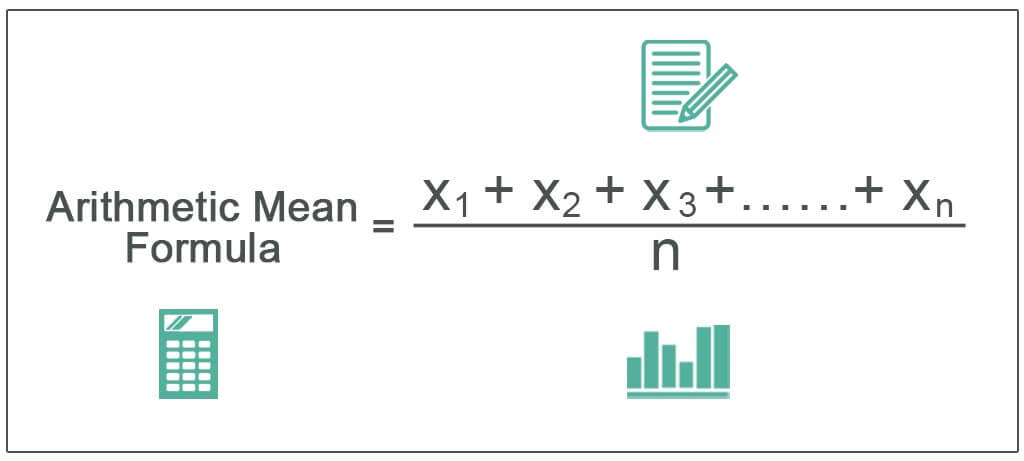
The Arithmetic Mean is an average of numbers, and it’s one of the most commonly used averages in financial calculations. It’s also often referred to as the mean, or the average. The Arithmetic Mean is calculated by adding up all of the numbers in a set and then dividing that sum by the number of numbers in the set. It’s a great way to get a general idea of how a set of numbers is distributed – and it can be used to compare different sets of numbers. It differs from other averages, such as the median and mode, in that it takes into account the value of every number in the set. That means it may not always give you the most accurate result, but it does give you an idea of the general trend in the data. So, if you’re trying to figure out the average of a group of numbers, the Arithmetic Mean is a good place to start.
How Can the Arithmetic Mean Help Us Understand Financial Statements?
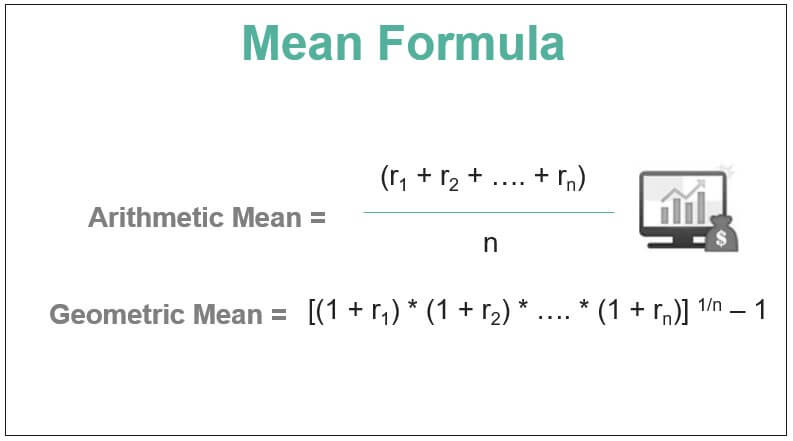
The Arithmetic Mean is a great tool for understanding financial statements. It’s a simple way to get a better understanding of a company’s finances and help you make better decisions. With the Arithmetic Mean, you can easily calculate the average of a set of numbers, which can provide valuable insight into a company’s financials. For example, you can use the Arithmetic Mean to get the average cost of goods sold (COGS) or the average operating expenses. When you have a better understanding of the average cost of goods sold or operating expenses, you can gain a better understanding of a company’s overall financial health. The Arithmetic Mean can also help you make better decisions by allowing you to compare values across different companies. This can help you make more informed decisions when investing in stocks or bonds. By using the Arithmetic Mean, you can gain valuable insight into a company’s finances, helping you make better decisions and get a better understanding of a company’s financials.
What Are Some Examples of Arithmetic Mean in Real Life?
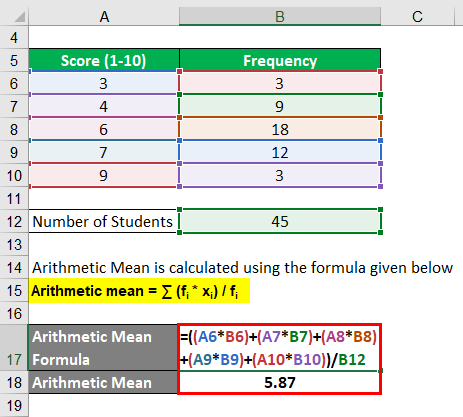
For those wondering what an Arithmetic Mean is and how it might apply to their lives, it’s important to understand what it means and how it can be used in a variety of everyday situations. Arithmetic Mean is essentially the average of a set of numbers, calculated by adding them together and then dividing by the number of items in the set. An example of this would be finding the average of a set of 10 numbers, you would add them together and then divide by 10 to find the Arithmetic Mean. This same concept can be applied in a number of real-life scenarios, such as calculating the average grade of a student or finding the average score of a basketball team. In addition, Arithmetic Mean can be used to compare different sets of data, such as comparing the average income of two different cities or the average age of two different groups. By being able to calculate the Arithmetic Mean, you can easily and quickly compare and contrast different sets of data, which can be invaluable when making decisions.
What Are the Advantages and Disadvantages of Using Arithmetic Mean?

Using the arithmetic mean has both advantages and disadvantages. One of the main advantages of using the arithmetic mean is that it is a simple and straightforward way to calculate the average of a set of numbers. The arithmetic mean can be calculated quickly and easily, and it is a great tool for quickly understanding the average of a set of numbers. Another advantage of using the arithmetic mean is that it is less affected by outliers than other types of averages, such as the median. However, the arithmetic mean is not perfect and there are some disadvantages to its use. For example, the arithmetic mean can be skewed by a few extremely large or small numbers, which can lead to inaccurate results. Additionally, the arithmetic mean does not take into account the frequency of certain values, which can also lead to inaccurate results. If you are looking for a more accurate way to calculate the average of a set of numbers, you may want to consider using the median or mode instead of the arithmetic mean.
How to Calculate the Arithmetic Mean and Avoid Plagiarism?

Calculating the arithmetic mean can be a tricky process, especially if you don’t want to end up plagiarizing someone else’s work. Thankfully, it’s not as difficult as it seems. To find the arithmetic mean, you first need to add up all the numbers in your dataset, then divide the sum by the total number of values in the dataset. This will give you the average of your dataset. When writing an article on the arithmetic mean, it’s important to avoid plagiarism and make sure you’re not reproducing someone else’s writing. To do this, make sure to cite any sources you use and put the information into your own words. That way, you’ll be sure you’re not plagiarizing someone else’s work while still getting the information you need.

